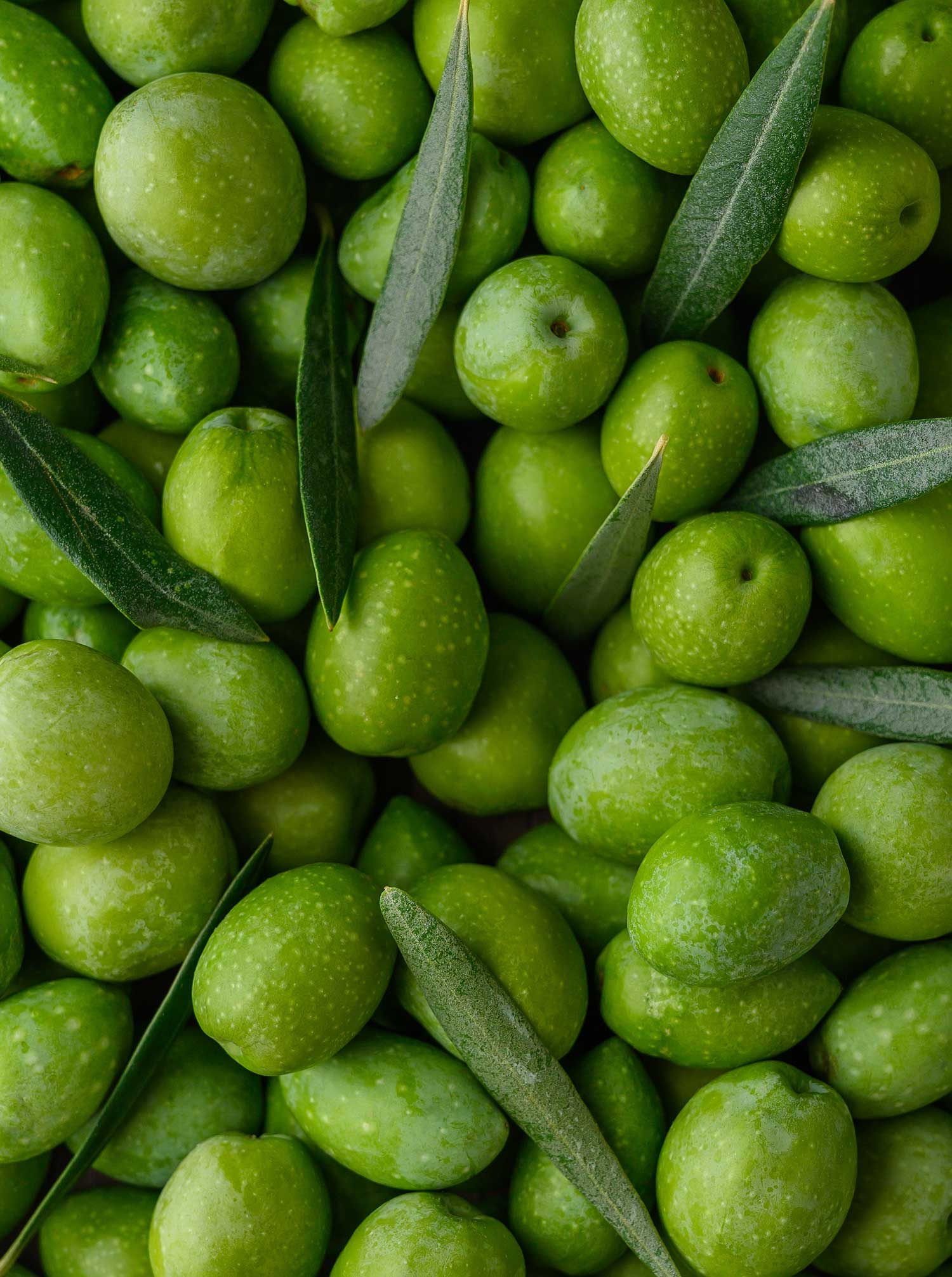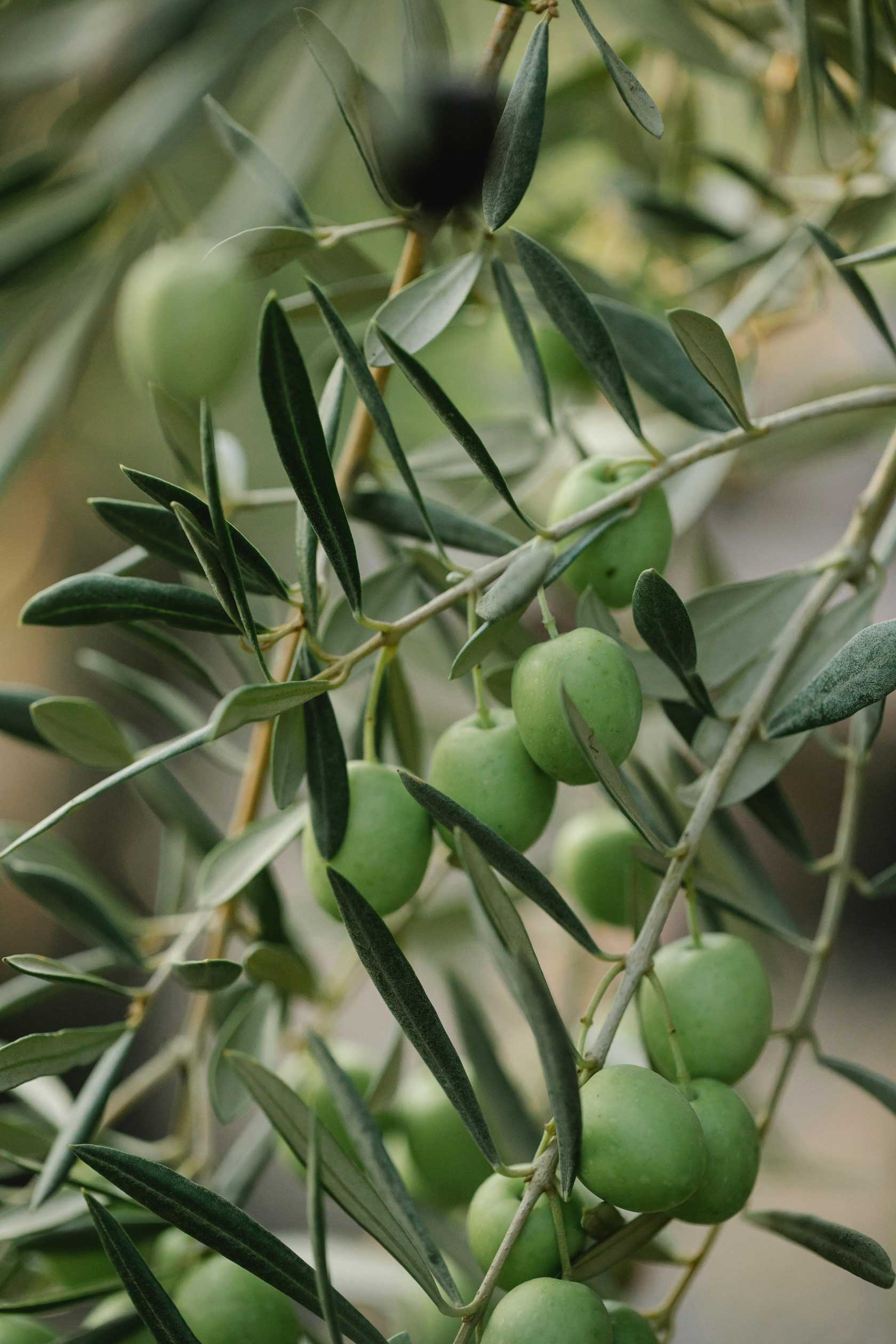
FROM OLIVE FRUITS, HYDROXYTYROSOL FOR CARDIOVASCULAR HEALTH
Why choose HYDROVAS™10
HYDROVAS™10 is a BIONAP ingredient containing Tyrosol and Hydroxityrosol obtained from water soluble fraction of olive fruit.
Thanks to its high levels of hydroxytyrosol, HYDROVAS™10 intake can naturally act as strong antioxidant, helping to maintain healthy cardiovascular system.
SUGGESTED DOSAGE 50-100 MG/DAY

health benefits
olive fruit
Characteristics, plant life cycle and seasonality
The olive tree is an evergreen species and its leaves have distinctive characteristics that make them easily recognizable. In particular, they are about 7.5 cm long, narrow, opposite, lanceolate, or linear, with entire margins and acute tips. While the upper surface is silvery green, glabrous, or covered with scattered hairs, the underside is lighter. The olive tree’s vegetative cycle strongly depends on the typical climatic conditions of its growing area. In Italy, during winter months, from November to January, the olive tree goes into a period of rest and it begins its vegetative resumption between March and April with the appearance of light green leaves, shoots, and the swelling of axillary buds. As the temperatures rise and the days get longer, the tree starts developing its inflorescences, a phase known as “mignolatura”.
In May-June the olive tree’s flowers bloom: the typical white flowers can be seen among the leaves. By mid-June the “allegagione” (fruit-setting) phase starts and the flower corolla withers and falls off, marking the end of the flowering phase. At this point, the transformation of the flowers into fruit begins. Between July and August, the olive fruit begins to swell until it reaches normal size and is ripe and ready for harvesting in September-October.


About olive fruit
Uses, traditions and folk medicine
The olive fruit is a natural concentrate of beneficial properties, as well as being a valuable source of nutrition. It represents one of the symbolic fruits of the evolution of the Mediterranean people who began its cultivation almost 6000 years ago. Then it became a symbol of peace and fertility during the time of Greeks. A meaning that is also reported in the sacred texts of the Christian era, such as The Bible and The Gospels.
Besides its highly symbolic significance in Christian religion and spirituality, it is also a fundamental element of Mediterranean food culture. Indeed, from the pressing of olives is obtained the precious extra virgin olive oil, that thanks to its organoleptic and beneficial properties it became one of the most widely used foods in cooking, ideal as condiment in many recipes. In addition, since ancient times it has been used as folk remedy to treat hypertension, inflammation, diarrhea, respiratory and urinary infections, stomach and intestinal disorders etc.
